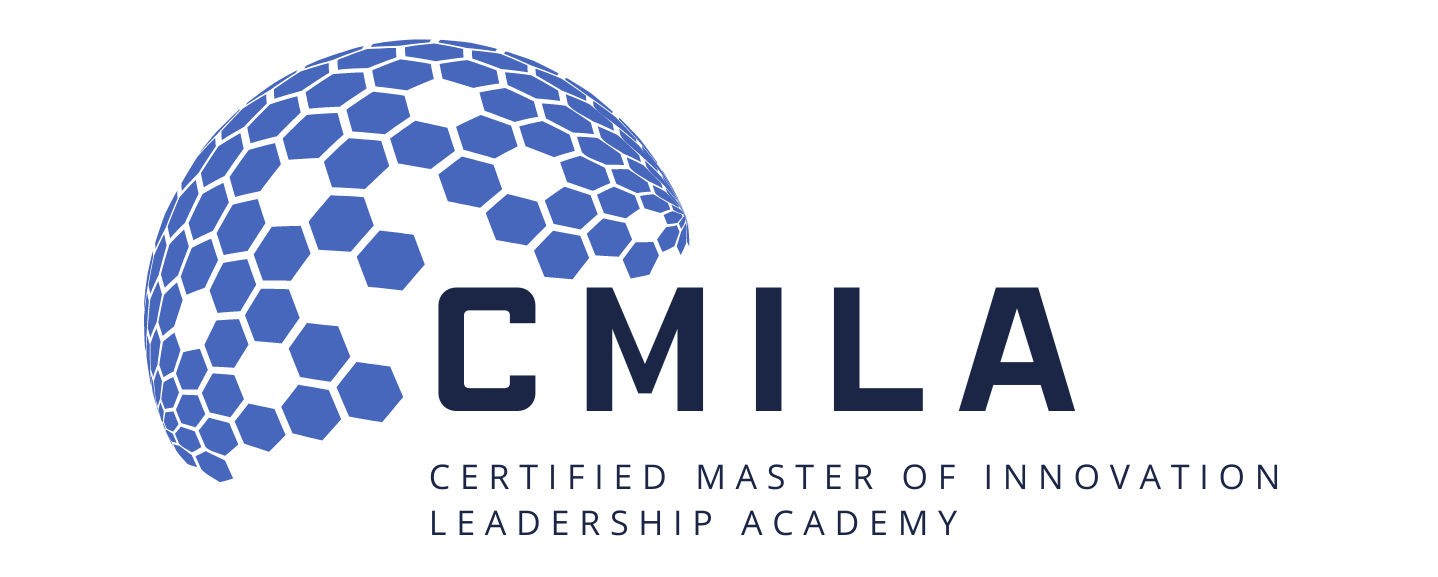Certified Agile Innovation Coach (CAIC)
The Certified Agile Innovation Coach (CAIC) Certification Course by Tonex is a comprehensive program designed for professionals seeking to master the principles and practices of agile innovation coaching. This course equips participants with the skills and knowledge needed to drive innovation within organizations, fostering a culture of continuous improvement and adaptability.
Learning Objectives:
Upon completion of the Certified Agile Innovation Coach (CAIC) Certification Course, participants will be able to:
- Understand the foundations of agile methodologies and their application in fostering innovation.
- Develop advanced coaching skills to guide teams through the agile innovation process.
- Implement effective strategies for creating a culture of innovation within organizations.
- Utilize agile tools and techniques to enhance collaboration and communication.
- Identify and overcome challenges associated with agile innovation adoption.
- Gain hands-on experience through practical exercises and real-world case studies.
Audience:
This course is ideal for:
- Agile Coaches
- Innovation Managers
- Project Managers
- Team Leads
- Product Owners
- Executives and Leaders driving organizational change
Course Outline:
Module 1: Introduction to Agile Innovation Coaching
- Agile Principles Overview
- Agile Innovation Integration
- Agile Coaching Fundamentals
- Innovation within Agile Frameworks
- Role of a Coach in Agile Innovation
- Importance of Agile Mindset in Innovation
Module 2: Advanced Coaching Techniques
- Developing Agile Coaching Skills
- Coaching for Creativity
- Coaching for Problem-solving
- Team Dynamics in Agile Environments
- Emotional Intelligence in Agile Coaching
- Feedback and Continuous Improvement
Module 3: Creating a Culture of Innovation
- Strategies for Fostering Innovation
- Building a Collaborative Culture
- Adaptive Organizational Culture
- Encouraging Cross-functional Collaboration
- Leadership Support for Innovation
- Recognizing and Rewarding Innovative Behaviors
Module 4: Agile Tools and Techniques
- Agile Tools for Innovation
- Visual Management in Agile
- Facilitation Techniques
- Communication in Agile Teams
- Collaboration Tools
- User Stories and Story Mapping
Module 5: Overcoming Challenges in Agile Innovation
- Identifying Common Challenges
- Adapting to Change
- Overcoming Resistance
- Scaling Agile Innovation
- Managing Complexity
- Aligning Stakeholders in Agile Innovation
Module 6: Practical Application and Case Studies
- Hands-on Exercises in Agile Innovation
- Applying Agile Principles in Real-world Scenarios
- Analyzing Successful Agile Innovation Implementations
- Learning from Agile Innovation Failures
- Iterative Prototyping and Experimentation
- Continuous Learning and Improvement in Agile Innovation
Overview of the Certification Process:
- Familiarize yourself with the prerequisites, if any, for taking the exam.
- Review the certification roadmap to understand the different levels of certification offered (e.g., Foundation, Advanced, Expert) and the requirements for each level.
- Identify the benefits of obtaining the certification for your career and professional development.
Details of the Exam:
Format: Multiple-choice, scenario-based, practical exercises
Content Areas: Review the exam blueprint or syllabus to identify the specific topics and knowledge areas covered in the exam. This will help you focus your study efforts on the most relevant content.
Passing Score: Understand the minimum passing score required to achieve certification and aim to exceed this threshold during your preparation.
Study Resources: Identify recommended study resources, such as certification manual, study guides and practice exams, to help you prepare effectively for the exam.
Exam Sample Questions:
- Practice with sample questions to familiarize yourself with the exam format and assess your readiness.
- Analyze each question carefully, paying attention to key details and any clues provided in the question stem or answer choices.
- Practice time management by setting aside dedicated study sessions to complete sample questions within the allotted time frame.
- Review your answers and explanations for correct and incorrect responses to identify areas for improvement and further study.
